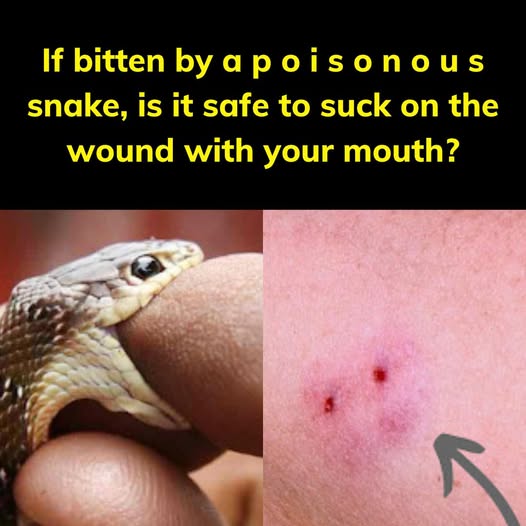Snake bites can be life-threatening and require immediate medical attention. If you or someone else is bitten by a snake, the most important thing is to stay calm. Panicking can increase your heart rate and help the venom spread more quickly. Try to remember what the snake looked like—its color, size, and markings—without trying to catch or kill it. This information can help doctors identify the type of snake and choose the correct treatment.
Next, call emergency services right away. While waiting for help, keep the affected limb as still and at or slightly below heart level. Remove any tight clothing, jewelry, or accessories near the bite area, as swelling is likely. Do not attempt to suck out the venom, cut the wound, or apply ice. These outdated methods can cause more harm than good.
If you’re in a remote area, begin moving slowly and carefully toward help, if it’s absolutely necessary. Walking quickly or running can increase venom absorption. You can wrap the bitten limb with a clean, firm bandage to slow the spread of venom, but not so tightly that it cuts off circulation. Do not apply a tourniquet. If the bite is on the hand or foot, try to immobilize it with a splint or sling.
Finally, once at the hospital, let medical professionals take over. Antivenom may be administered, depending on the type of snake and severity of the bite. Recovery may require additional treatment, such as pain management, antibiotics, or even surgery in severe cases. Quick and proper first aid can greatly improve the chances of a full recovery.
Disclaimer: This article is for informational purposes only and is not a substitute for professional medical advice. Always seek immediate medical attention in the event of a snake bite.
